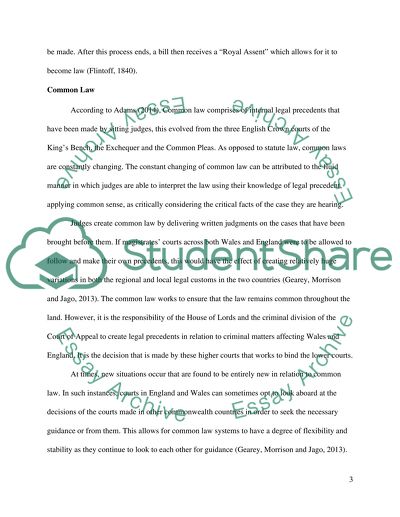Cite this document
(“The Different Sources of Law in England and Wales Essay”, n.d.)
Retrieved from https://studentshare.org/law/1659906-assess-the-different-sources-of-the-law-in-england-and-wales-to-what-extent-have-external-sources-affected-its-development
Retrieved from https://studentshare.org/law/1659906-assess-the-different-sources-of-the-law-in-england-and-wales-to-what-extent-have-external-sources-affected-its-development
(The Different Sources of Law in England and Wales Essay)
https://studentshare.org/law/1659906-assess-the-different-sources-of-the-law-in-england-and-wales-to-what-extent-have-external-sources-affected-its-development.
https://studentshare.org/law/1659906-assess-the-different-sources-of-the-law-in-england-and-wales-to-what-extent-have-external-sources-affected-its-development.
“The Different Sources of Law in England and Wales Essay”, n.d. https://studentshare.org/law/1659906-assess-the-different-sources-of-the-law-in-england-and-wales-to-what-extent-have-external-sources-affected-its-development.


